Published: 3 March 2024
Last updated: 21 March 2024
Olga Horak is one of Australia’s most prominent Holocaust survivors, whose words inspire politicians and students alike. But few know about her other life as an artist.
“I was always creative, as a small girl, I loved colours and was always making things. My parents encouraged me to draw and make models. In my teens I was enrolled in Professor Rosenthal’s art school in Bratislava. But that soon finished. I pinned the yellow Star of David to my clothing and everything changed.”
Olga Rosenberger was 17 when the Nazis occupied Slovakia and the persecution of Jews began. Jewish children were excluded from schools, their homes were looted and parents attacked on the streets. After a short-lived hiding, the family was denounced and deported to Auschwitz-Birkenau in August 1944.
Olga endured a gruelling death march to Bergen-Belsen, where she was eventually liberated in April 1945. She was the sole survivor of her family. Her physical and emotional recuperation was slow, but two years later in Bratislava, Olga met her future husband, Jan (John) Horak, also a Holocaust survivor. The young couple emigrated to Australia in 1949 and started new life with admirable force and determination, a trait seen in the generation of survivors around the world.
Soon, their two little daughters were born and by 1960, the Horak family settled into a busy routine between their Dover Heights home, school and their flourishing textile factory in Woolloomooloo. Olga designed blouses and fashionable garments and was eager to return to her passion for art. Encouraged by her husband, the young mother and businesswoman set up a small studio in the laundry of her home, and started painting... but it was far from easy.
Did the memories of the Holocaust impact your art?
“I didn’t want my art to be about the horrors of the Holocaust. I wanted to express myself with happy colours and shapes. But the colours turned black and my flowers turned into dark skulls. It was not intentional, it happened. My inner feelings were affected by my tragic memories which in turn were reflected in my art.
“And it was the same with my sculpting. I carved in timber and the shapes turned into the skinny skeleton-like figures. They were reflection of the walking skeletons I used to see in Auschwitz ... and I was one of them. And the birds were hungry too, and instead of modelling Bondi seagulls, the skinny bird begging for food came out.”(Fig 1).
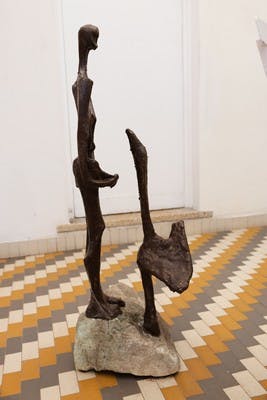
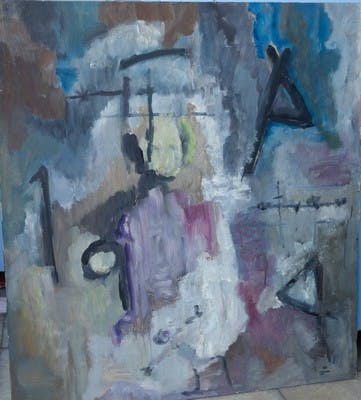
In the painting from 1967 (Fig 2) the black and disfigured lines emerge as scattered symbols: barbed wire, a prison-cell window, a fallen figure and finally 1944, the year when the entire Rosenberger family was deported to Auschwitz. Yet, the black contrasts with bright and pastel tones.
Was there a hope to escape the past?
To shift her memory from anguish and loss, Olga decided to enrol in evening art classes in the East Sydney Technical College.
“I met two wonderful Australian artists, my teachers. John Ogburn opened his painting studio in 1963 and I was one of his first enthusiastic students. Ogburn emphasised the importance of techniques in drawing and painting. He taught us art theory and history and we studied the works of old masters. I painted in oils and he encouraged me to create my compositions from the centre out, or from one corner to another.
“I was never bogged down with detail. Instead, my composition grew organically and in harmony with colours. My colours returned in my first paintings with Ogburn. In ‘William Street at night’ (Fig 3) I discovered that a dark night can be colourful and happy, and my flowers and shapes blossomed bright again. (Fig 4 and 5).
“In sculpting classes, my teacher was Lyndon Dadswell, the first Australian sculptor appointed as a war artist. He understood my memories and encouraged me to see and model a human figure for its forms, not for the past trauma. Dadswell admired the British sculptor Henry Moore and taught us respect for material and forms.”
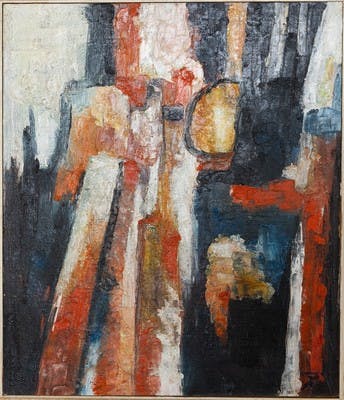
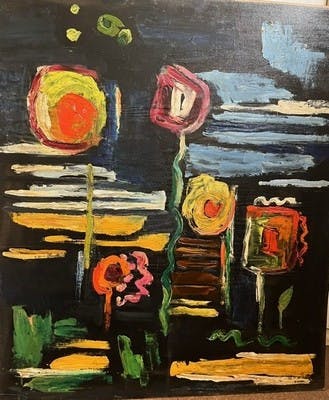
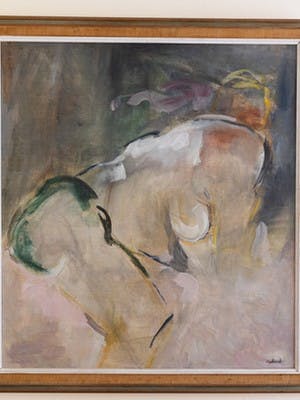
Indeed, some of the Horak’s figures, created in resin or patinated plaster, are reminiscent of the most celebrated sculptor of the twentieth century.
After five years of evening art classes, Olga Horak’s style and technique matured. The paintings stand out for their confident lines, impeccable compositions and bold colour palette. Her feel for human forms and spatial volume resulted in monumentality regardless of the artwork size. The past did not go away but was channelled through the symbolism of Horak’s artistic expressions.
In her first and only large sculpture, ‘The Family’ (Fig 6), Olga experimented with a bold Moore-inspired figurative composition. The figures stand motionlessly, as if in a frozen moment of the past and expectation of the next move.
In 2008, Olga Horak’s sculpture ‘Exodus’ (Fig 7) was selected for a representative exhibition at the National Museum of Australia. The artist’s rare work in bronze was praised for modern expression and emotional depth.
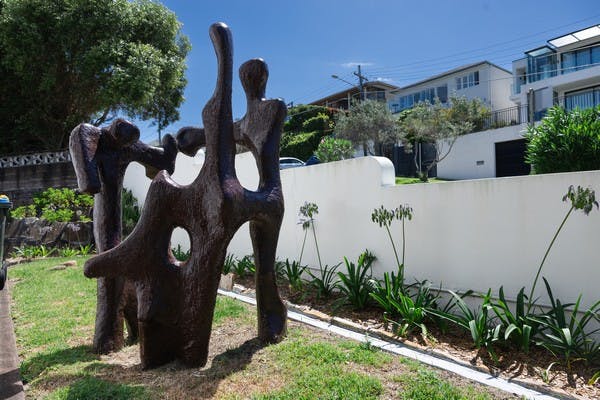
Can Olga Horak ever escape the ghosts of the past?
“I don’t live in the past, the past lives in me and the art was healing, whether I saw it that way or not. Art brought me back to the times when I first discovered the joy of creating. I didn’t need anybody’s opinion. My paintings and sculptures were not for public eyes. They were my diary when the words failed me. Over and over again, my art brought me the happiness that is hard to find in other aspects of one’s life”.
Olga Horak donated several sculptural reliefs from the 1980s to the Sydney Jewish Museum. Their titles, ‘Mother and Child’ and ‘Mother Protecting Child’, reflect the Holocaust theme of Olga’s painful memories of a child losing her mother. True to her style, the figures are long and stylised, depicted in a sombre and contemplative composition.
Together with the family memorabilia, old photographs and Holocaust-era objects which she also generously donated over the years to the Sydney Jewish Museum, her art complements the account of her life.
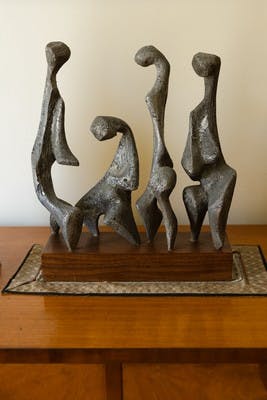
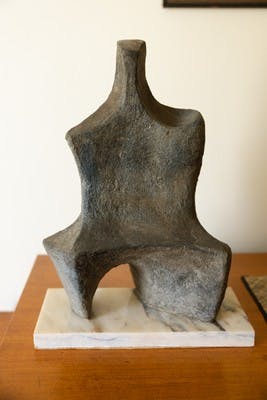
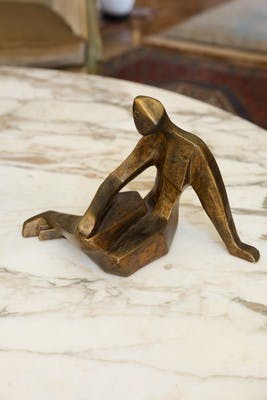
In Olga Horak’s own words, her art “shows a world that was ending but was at the same time beginning, and – most importantly - was one in which she too took part and survived. A wisdom”, she adds, “that only art can articulate”.
Olga’s art represents a rare genre in post-war Australia, and is possibly amongst the first of its kind worldwide. It is the work of a Holocaust survivor who understands the importance of preserving the memory of the Shoah victims. Olga was instrumental in the establishment of the Sydney Jewish Museum in 1992. At the same time, she has been motivated by her genuine love of art and creativity that provided an outlet for expressing her personal trauma and resilience.
Although Olga sees herself as "an amateur who loves colours", her art, created between 1960 and the 1980s, might be unjustly dismissed and her artistic creativity hidden from the public view. It is hoped that one day Olga’s art comes to the spotlight it deserves. Olga Horak OAM remains unfailingly positive about life. Two years shy of celebrating 100, she is courageous, creative and immensely inspirational.
All photos of artwork by Giselle Haber
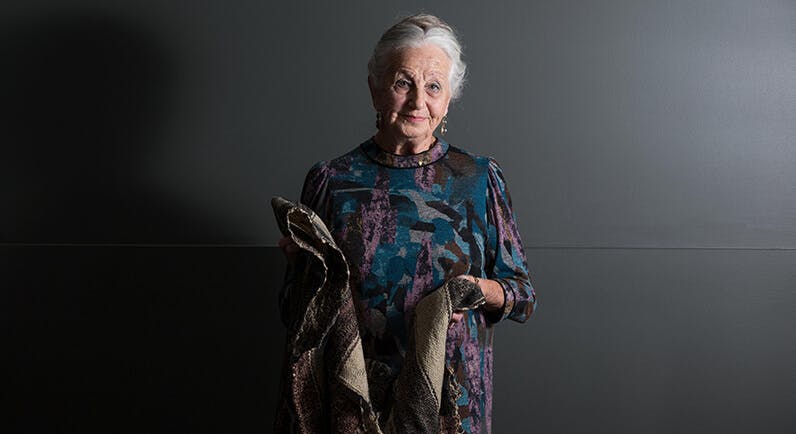
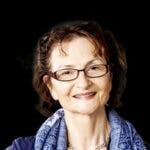
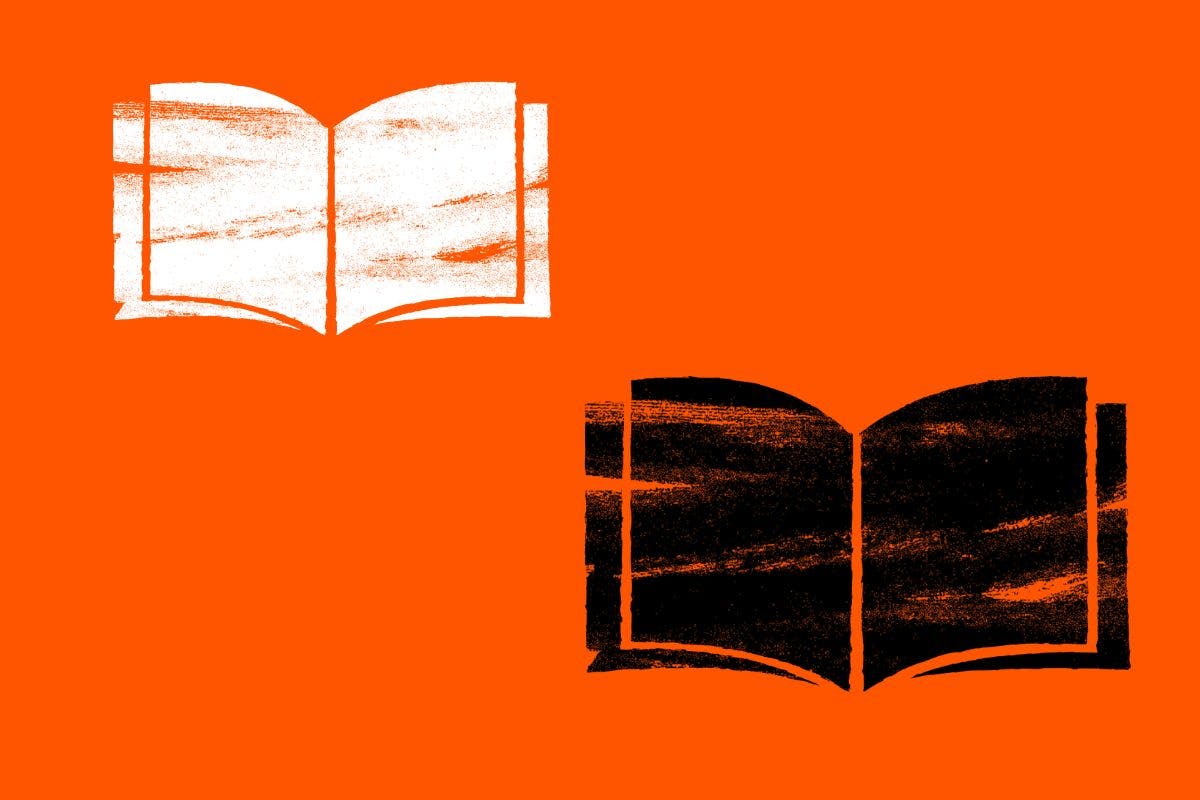
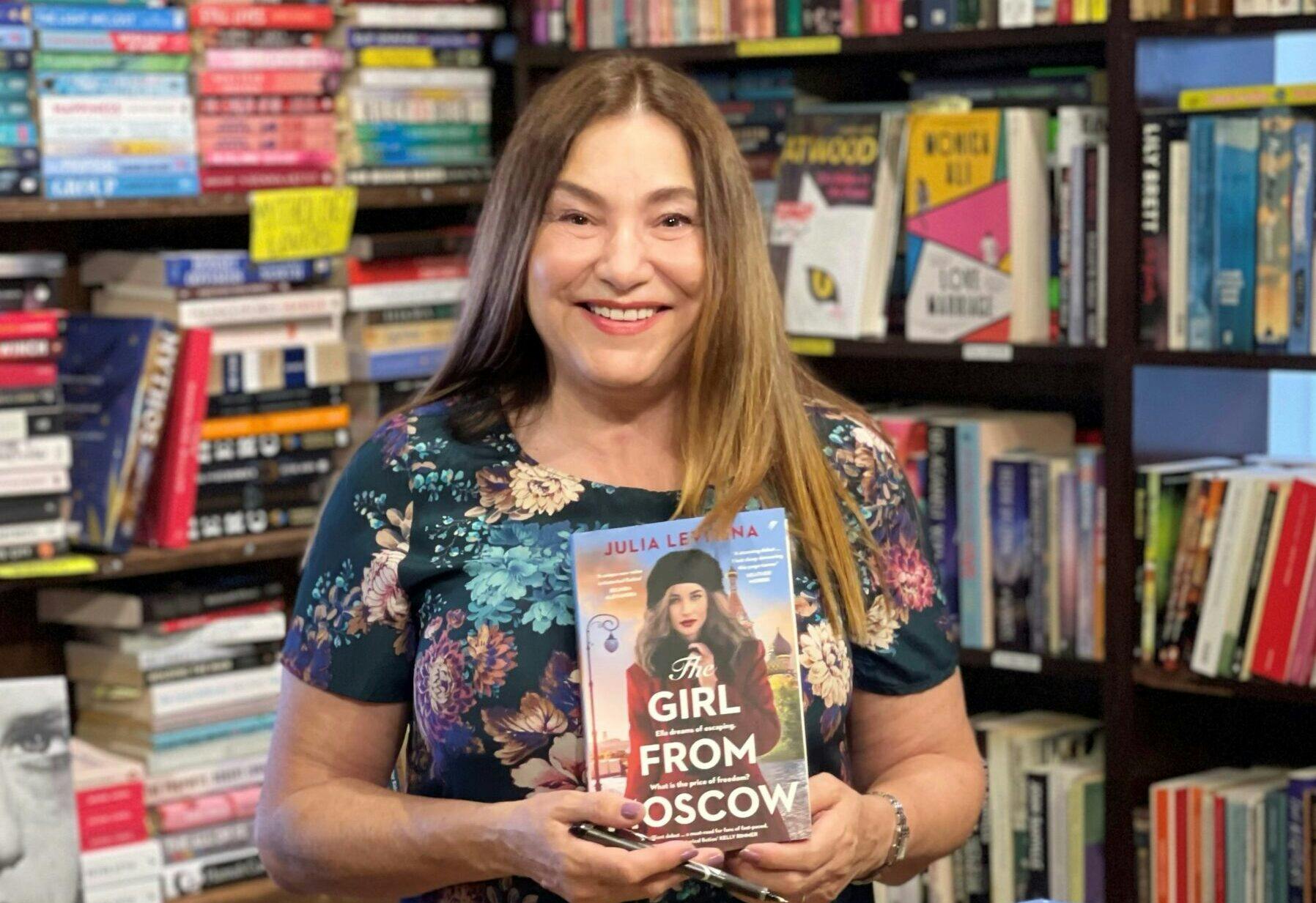
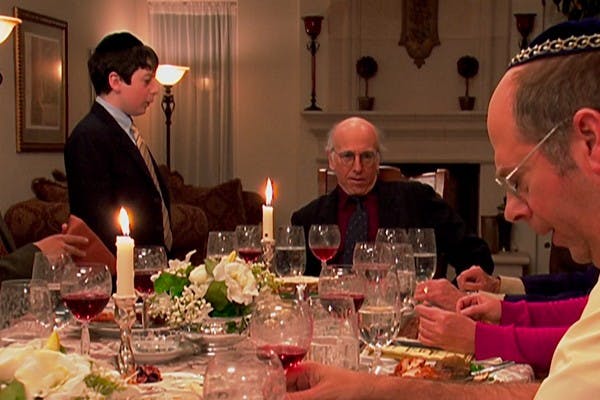
Comments
No comments on this article yet. Be the first to add your thoughts.